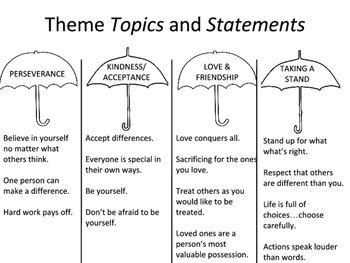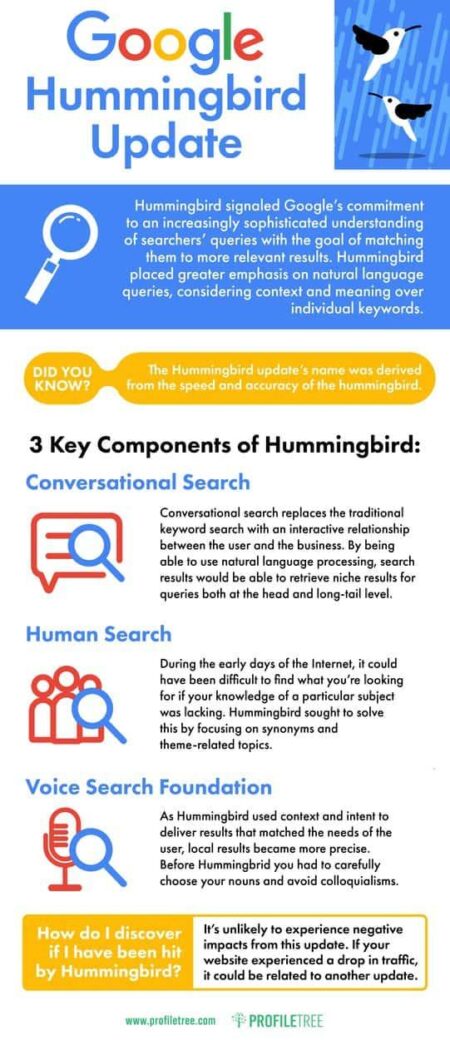NigeriaŌĆÖs Museum of West African Art Announces Grand Opening in November
Nigeria is set to unveil its groundbreaking Museum of West African Art this November, marking a transformative moment for the regionŌĆÖs cultural and artistic landscape. This new institution is dedicated to honoring and preserving the diverse artistic legacy of West Africa, featuring an extensive range of historical artifacts alongside contemporary creations. As global interest in West African art continues to surgeŌĆöbolstered by recent international exhibitions and growing collector demandŌĆöthe museum aims to become a premier destination for art aficionados, researchers, and tourists worldwide.
A New Beacon for West African Artistic Heritage
The museum represents more than just a repository; it embodies a vibrant cultural revival that bridges past traditions with modern expressions. Equipped with cutting-edge facilities, it offers visitors an immersive journey through centuries of creativityŌĆöfrom ancient sculptures and textiles to avant-garde installations by todayŌĆÖs leading artists.
- Permanent Collections: Showcasing timeless masterpieces alongside rare ethnographic objects from across the region.
- Rotating Exhibitions: Spotlighting emerging talents from Nigeria and neighboring countries through dynamic temporary displays.
- Educational Outreach: Interactive workshops, lectures, and seminars designed to deepen public understanding of West African cultures.
- Community Involvement: Platforms enabling local artists to present their work while fostering dialogue between creators and audiences.
The museum also plans strategic collaborations with international galleries and cultural institutions aimed at elevating African art on the world stage. Its opening festivities will feature live performances, panel discussions with prominent curators, as well as community festivals celebrating regional music and dance traditionsŌĆöunderscoring its role as both guardian of heritage and incubator for innovation.
The Cultural Impact: Preserving Legacy While Inspiring Innovation
This landmark institution plays a crucial role in safeguarding the rich tapestry of West AfricaŌĆÖs artistic history while encouraging fresh perspectives that reflect contemporary realities. The collection spans multiple countries within the regionŌĆöincluding Nigeria, Ghana, Senegal, MaliŌĆöand encompasses diverse mediums such as carved woodworks, indigo-dyed fabrics from Yoruba artisanship, intricate bronze sculptures reminiscent of Benin Kingdom craftsmanship alongside modern digital artworks exploring identity themes.
- Diverse Representation: Emphasizing inclusivity by featuring works from underrepresented communities within West Africa’s vast cultural mosaic.
- Cultural Education Programs: Tailored initiatives targeting schools nationwide aim to nurture appreciation among younger generations amid increasing globalization pressures on indigenous arts.
- Global Partnerships: Joint exhibitions with museums in Europe and North America will foster cross-cultural exchange while amplifying voices often marginalized in mainstream narratives about art history.
This approach ensures that visitors not only witness exquisite artistry but also engage critically with stories reflecting social change movements across decadesŌĆöfrom post-colonial independence struggles depicted through visual media to contemporary dialogues on migration or environmental conservation expressed via performance pieces. By doing so, NigeriaŌĆÖs Museum of West African Art positions itself at the forefront of redefining how regional heritage contributes meaningfully within global conversations about culture today.
An Engaging Visitor Experience: What Awaits You Inside
The inaugural exhibitions promise an enriching experience blending tradition with technology designed for accessibility across all age groups. Highlights include interactive multimedia installations where guests can explore oral histories narrated by griots (traditional storytellers), augmented reality features bringing ancient artifacts ŌĆ£to life,ŌĆØ plus curated showcases spotlighting influential figures such as El Anatsui or Njideka Akunyili Crosby who have shaped contemporary African aesthetics internationally.
- User-Friendly Navigation: Thoughtful spatial design ensures smooth flow throughout galleries complemented by clear signage supporting multilingual audiences including English, French & Yoruba speakersŌĆöreflecting Nigeria’s linguistic diversity which totals over 500 languages spoken nationwide according to Ethnologue (2024).
- Diverse Tour Options:
| Amenity | Description |
|---|---|
| Guided Tours | Expert-led walkthroughs offering deep dives into thematic collections tailored for different interests including families or scholars alike.< /td > |
| Audio Guides┬Ā | ┬ĀAvailable in multiple languages providing contextual background enhancing visitor engagement.< /td > ┬Ā |
| Interactive Zones For Children | Dedicated spaces where young visitors can learn about traditional crafts hands-on through play-based activities.< /td > ┬Ā |
A Landmark Moment for Nigerian Cultural Tourism & Beyond
The launch marks not only an important milestone domestically but signals Nigeria’s growing prominence on global cultural tourism mapsŌĆöa sector projected by Statista (2023) to contribute over $10 billion annually across Africa alone. By attracting international travelers eager for authentic experiences rooted in rich heritage combined with modern amenities like cafes serving local cuisine or artisan shops selling handcrafted souvenirs made onsiteŌĆöthe museum promises economic upliftment alongside educational enrichment.
As anticipation builds toward November’s grand opening day celebrationsŌĆöwhich will include special guest appearances from renowned artists along with live traditional music performancesŌĆöthe entire nation stands ready to welcome visitors into this vibrant space dedicated wholly to celebrating what makes West Africa artistically unique yet universally resonant.
Stay connected here for ongoing updates leading up this historic eventŌĆöand prepare yourself for an unforgettable encounter immersing you fully into the colorful world where history meets innovation at NigeriaŌĆÖs Museum Of West African Art.







